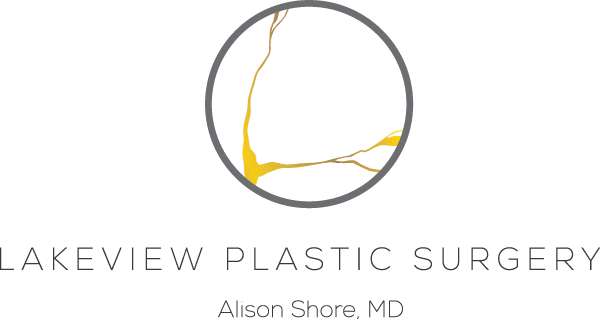Restore Your Shape
Breast cancer occurs in 1 out of every 8 women in the United States. Surgery to remove the cancer is almost always a part of a woman’s treatment plan, whether it is removal of the tumor alone (lumpectomy) or the entire breast (mastectomy). Sometimes, women have a genetic mutation (such as BRCA) that puts them at higher risk for developing breast cancer in their lifetime, and preventive surgery to remove the breast tissue is recommended.
IMPLANT RECONSTRUCTION
For a woman undergoing complete removal of the breast gland (mastectomy), breast implants are used to restore the shape and volume of the entire breast. Implants come in many different shapes and sizes, so in most cases, there is one that will fit the new breast just right. Usually we can perform the reconstruction at the same time as mastectomy, called immediate reconstruction. This involves placing the breast implant in the space where the breast gland used to be and tailoring the skin (mastectomy flaps) around the implant to create the new breast shape. If a woman has bilateral mastectomy (both sides), reconstruction can usually be done on both sides at the same time.
TISSUE-BASED RECONSTRUCTION
PARTIAL BREAST RECONSTRUCTION
BREAST REDUCTION AT THE TIME OF LUMPECTOMY
AESTHETIC FLAT CONTOURING
GOLDILOCKS RECONSTRUCTION
IMPLANTS AND YOUR HEALTH
As common as breast implants are, there is a lot of scary talk out there about breast implants, and whether they are safe devices to use.
RESTORE AND MAKE WHOLE

